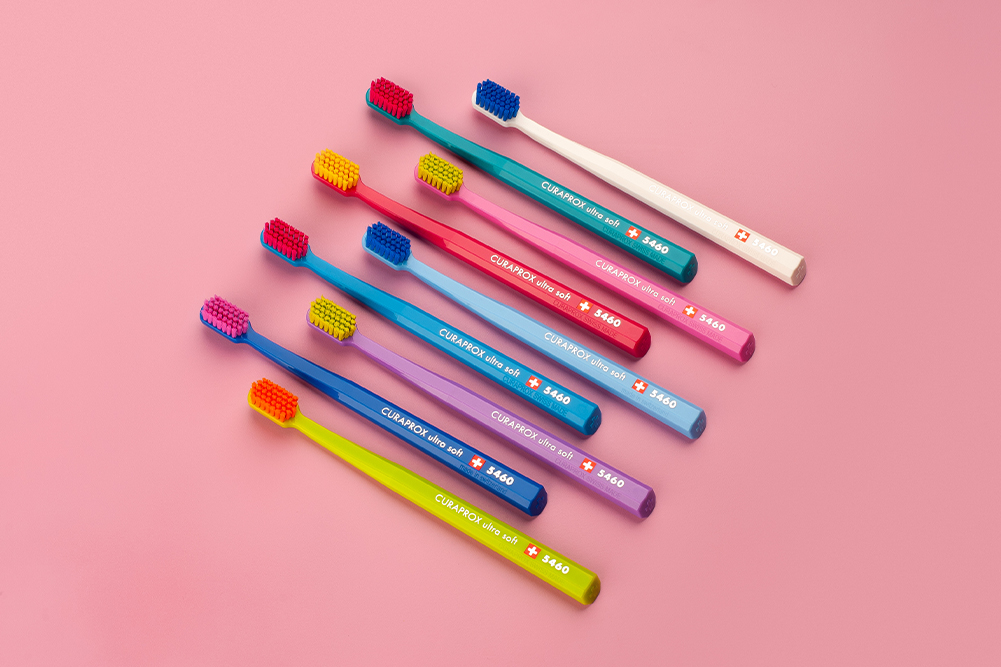Dying things green
With increasing awareness of the importance of a healthy environment governments try to find ways to deal with climate change and individuals are looking for ways to live more sustainably. Now new approaches are being suggested to lessen your environmental footprint in death as well as in life.
In the West the two predominant methods of dealing with a body after death are burial and cremation. Burial raises concerns that chemicals such as formaldehyde may leach into the water table. Cremation on the other hand, requires temperatures of nearly 1000 degrees Celsius which in turn requires so much fuel that approximately 260 kilograms of carbon dioxide (a greenhouse gas) are released into the atmosphere per cremation. Additionally, cremation releases mercury found in fillings into the air. That mercury can then find its way into the soil and into food.
Now, for those who wish to support the environment as much in death as they have done in life, there are two new methods that can make dying a more sustainable matter.
As an alternative to cremation the option is to have the body placed in a steel chamber with potassium hydroxide at high pressure and at a temperature of 180 degrees Celsius. This leaves the body in similar to state to cremation within two to three hours and requires much less energy and has less emissions. Any dental amalgam is easily removed from the remains for recycling. This process is known as “resomation†and has been developed by private company. It will likely cost more than cremation but that may not stop people who have environmental issues on their mind.
Another way to go has been developed by a Swedish company. They wanted to develop a method of burial that would leave the soil richer rather than worse off for the process. One of the obstacles to human bodies being turned into soil is that they are buried in one piece which is too much for the microorganisms to handle. Bodies also retain too much moisture and coffins do not let in enough oxygen. This all adds up to decaying of bodies instead of the bodies producing soil.
The new method involves freeze drying the body (not using formaldehyde), fragmenting the body into pieces, removing toxic metals, using a biodegradable coffin about half the size of current coffins, and burying in a shallow grave. The result is that the body will become soil within one year.
Talking about death and dead bodies is never pleasant. However, as space for cemeteries is under increasing pressure, thinking about what will happen to you after life may be a necessary part of living sustainably.
Meanwhile if you visit Meijer Ad that contains mostly likewise discounts with Winn Dixie Ad you surely have a range like ALDI Ad.







